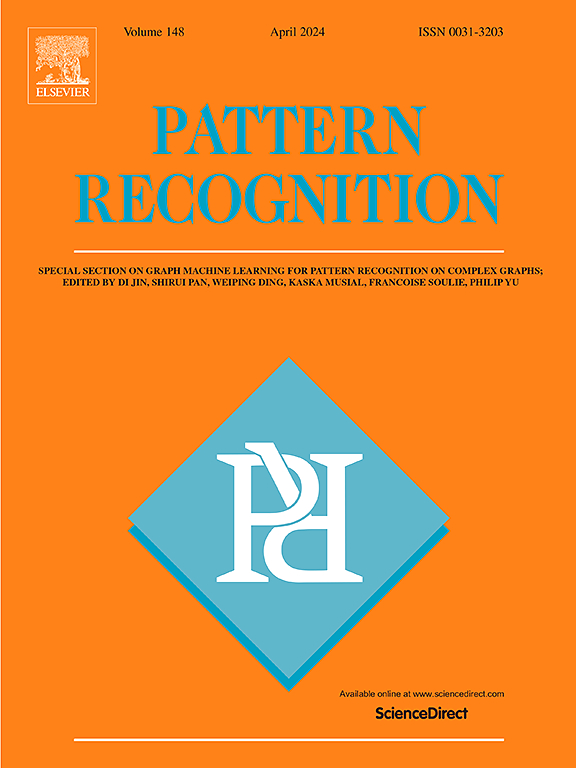Online Asymmetric Supervised Discrete Cross-Modal Hashing for Streaming Multimedia Data
IF 7.5
1区 计算机科学
Q1 COMPUTER SCIENCE, ARTIFICIAL INTELLIGENCE
引用次数: 0
Abstract
Cross-modal online hashing, which uses freshly received data to retrain the hash function gradually, has become a research hotspot as a means of handling the massive amounts of streaming data that have been brought about by the fast growth of multimedia technology and the popularity of portable devices. However, in the process of processing stream data in most methods, on the one hand, the relationship between modal classes and the common features between label vectors and binary codes is not fully explored. On the other hand, the semantic information in the old and new data modes is not fully utilized. In this post, we offer Online Asymmetric Supervised Discrete Cross-Modal Hashing for Streaming Multimedia Data (OASCH) as a solution. This study integrates the concept cognition mechanism of dynamic incremental samples and an asymmetric knowledge guidance mechanism into the online hash learning framework. The proposed algorithmic model takes into account the knowledge similarity between newly arriving data and the existing dataset, as well as the knowledge similarity within the new data itself. It projects the hash codes associated with new incoming sample data into the potential space of concept cognition. By doing so, the model maximizes the mining of implicit semantic similarities within streaming data across different time points, resulting in the generation of compact hash codes with enhanced discriminative power, we further propose an adaptive edge regression strategy. Our method surpasses several current sophisticated cross-modal hashing techniques regarding both retrieval efficiency and search accuracy, according to studies on three publicly available multimedia retrieval datasets.
流媒体数据的在线非对称监督离散跨模态哈希
随着多媒体技术的快速发展和便携式设备的普及,使用新接收的数据逐步重新训练哈希函数的跨模态在线哈希作为处理海量流数据的一种手段,已成为研究热点。然而,大多数方法在处理流数据的过程中,一方面没有充分挖掘模态类之间的关系以及标签向量与二进制码之间的共同特征;另一方面,新旧数据模式下的语义信息没有得到充分利用。在这篇文章中,我们为流媒体数据提供了在线非对称监督离散跨模态哈希(OASCH)作为解决方案。本研究将动态增量样本的概念认知机制和非对称知识引导机制集成到在线哈希学习框架中。该算法模型考虑了新数据与现有数据集之间的知识相似度,以及新数据本身的知识相似度。它将与新输入样本数据相关的哈希码投影到概念认知的潜在空间中。通过这样做,该模型最大限度地挖掘了跨不同时间点的流数据中的隐含语义相似性,从而生成具有增强判别能力的紧凑哈希码,我们进一步提出了自适应边缘回归策略。根据对三个公开的多媒体检索数据集的研究,我们的方法在检索效率和搜索精度方面超越了当前几种复杂的跨模态哈希技术。
本文章由计算机程序翻译,如有差异,请以英文原文为准。
求助全文
约1分钟内获得全文
求助全文
来源期刊

Pattern Recognition
工程技术-工程:电子与电气
CiteScore
14.40
自引率
16.20%
发文量
683
审稿时长
5.6 months
期刊介绍:
The field of Pattern Recognition is both mature and rapidly evolving, playing a crucial role in various related fields such as computer vision, image processing, text analysis, and neural networks. It closely intersects with machine learning and is being applied in emerging areas like biometrics, bioinformatics, multimedia data analysis, and data science. The journal Pattern Recognition, established half a century ago during the early days of computer science, has since grown significantly in scope and influence.
 求助内容:
求助内容: 应助结果提醒方式:
应助结果提醒方式:


